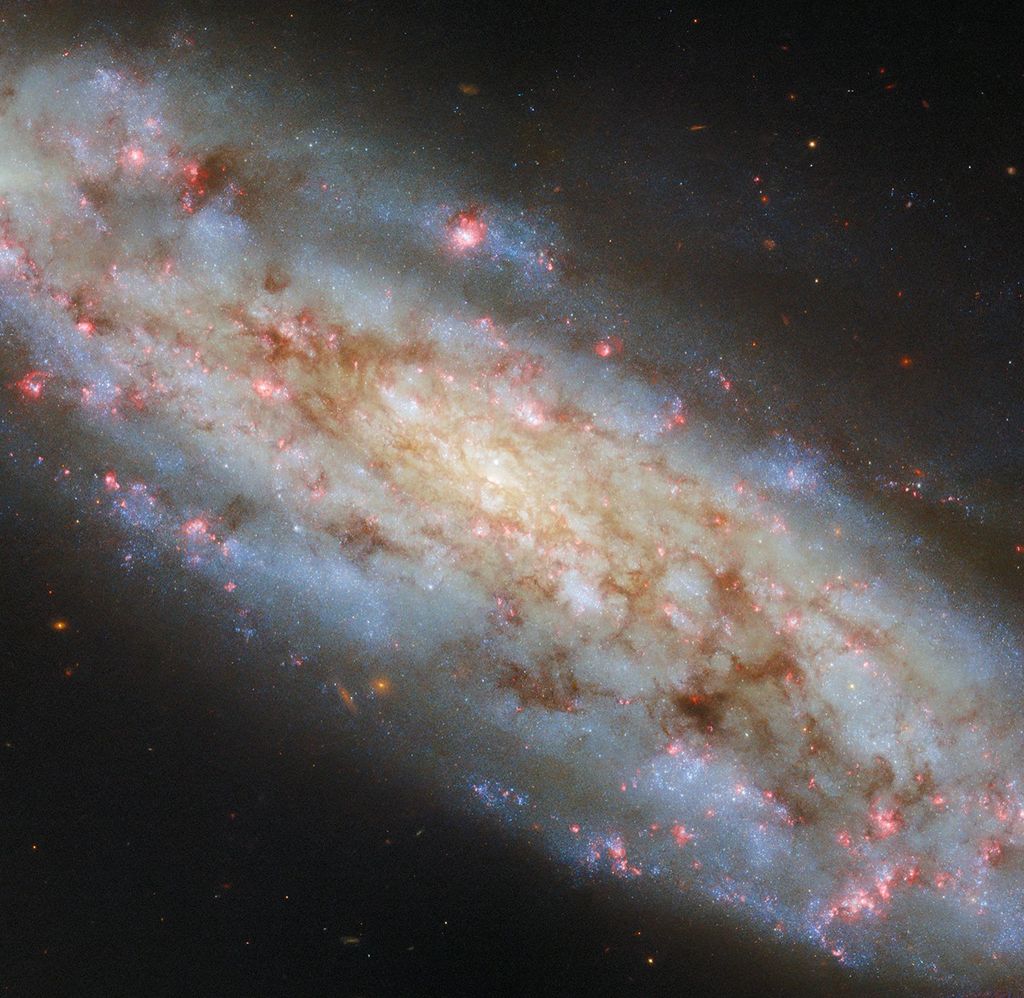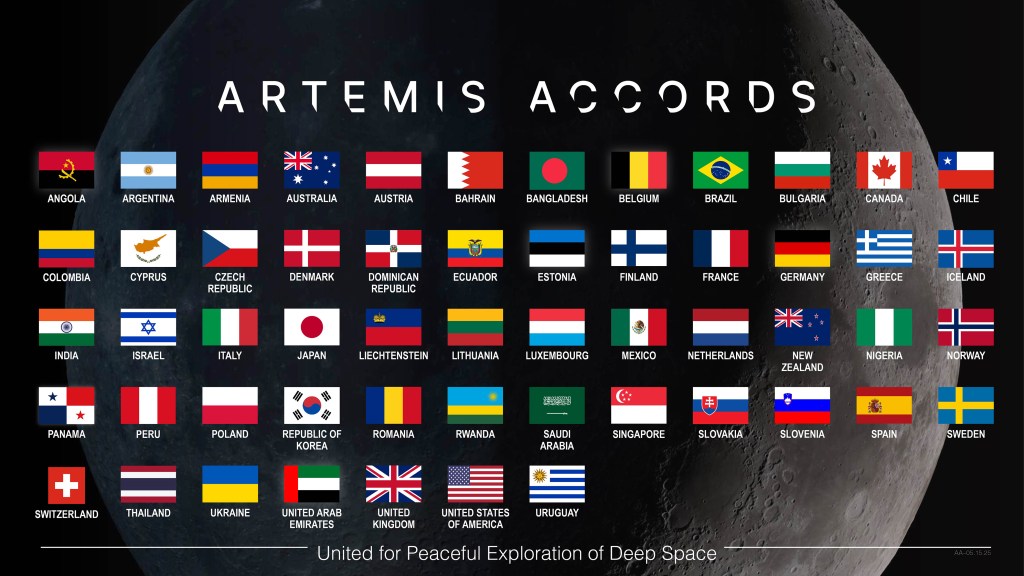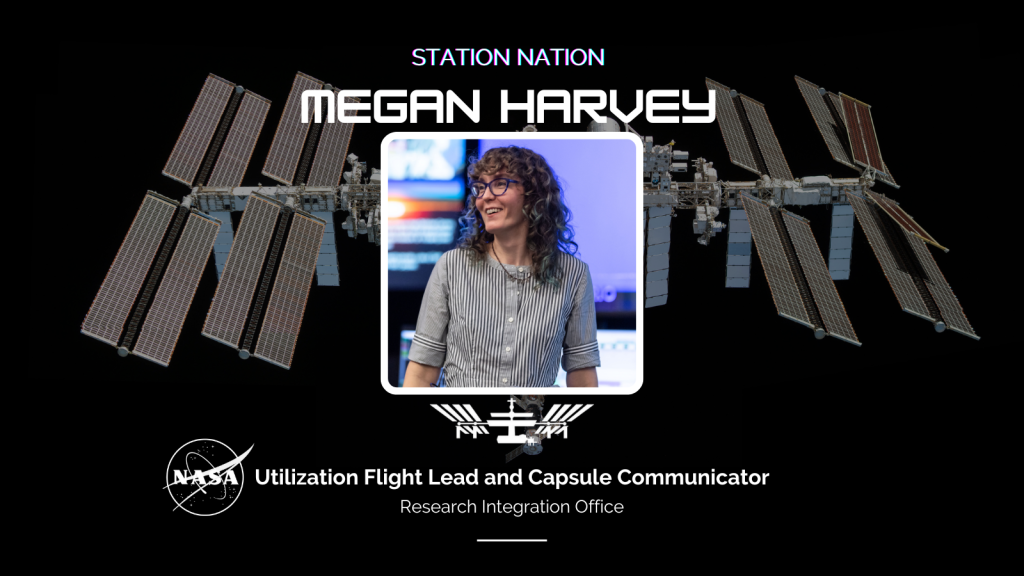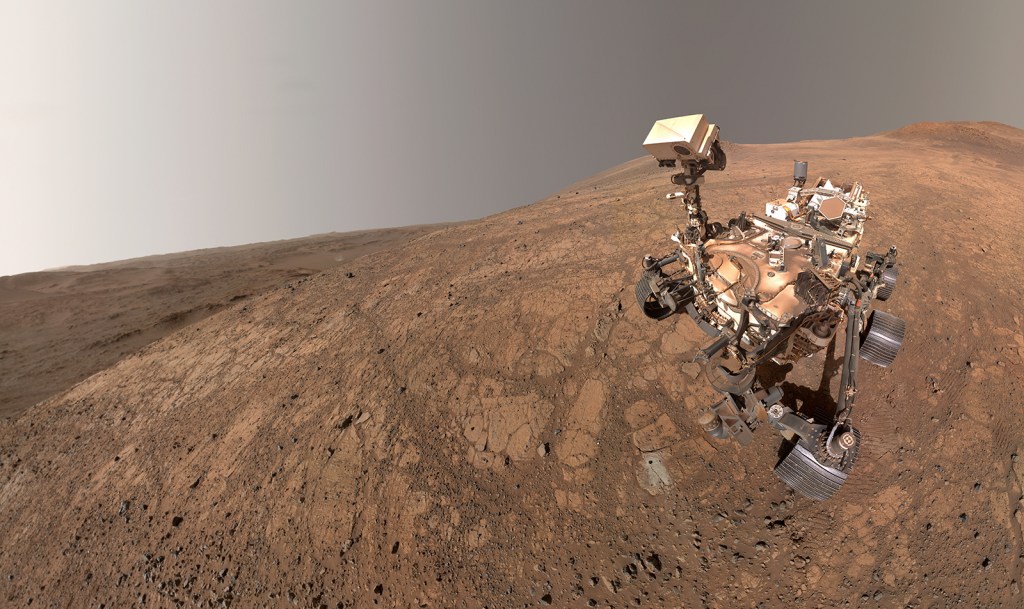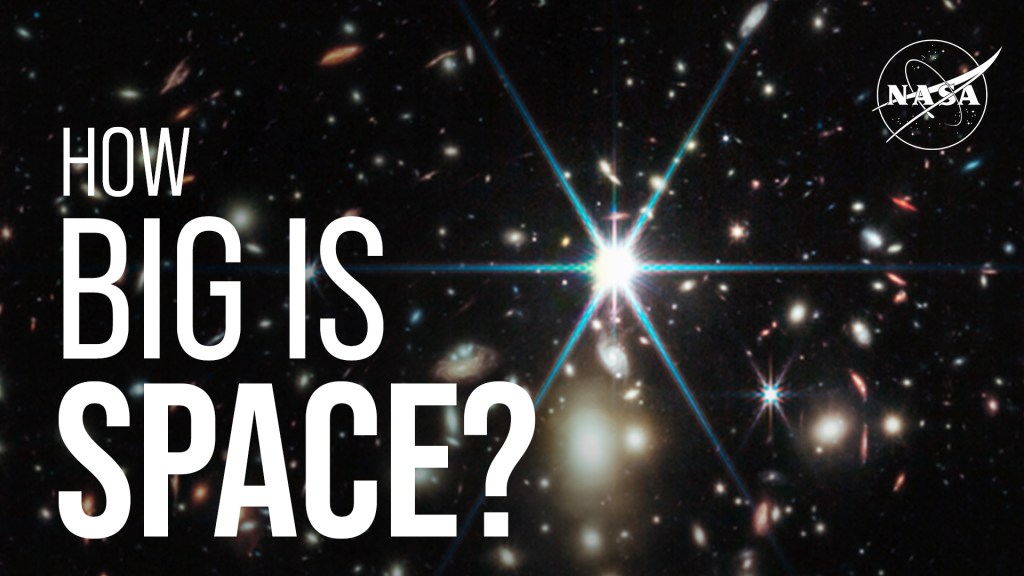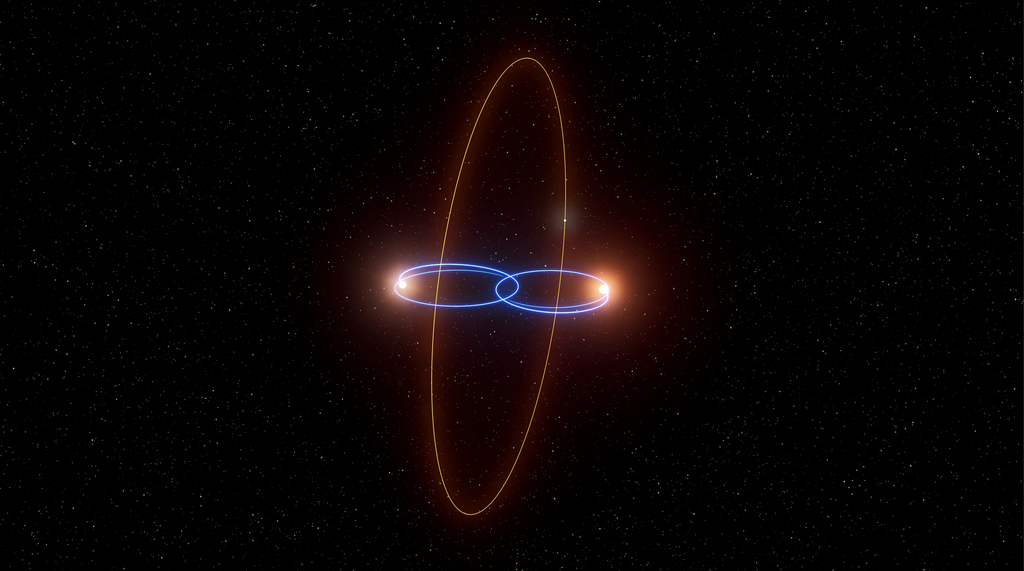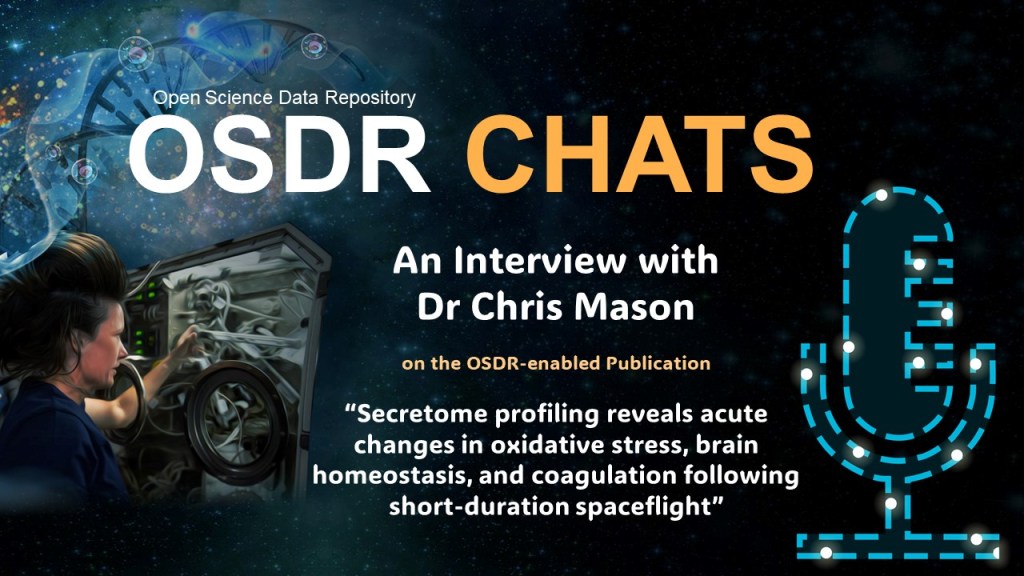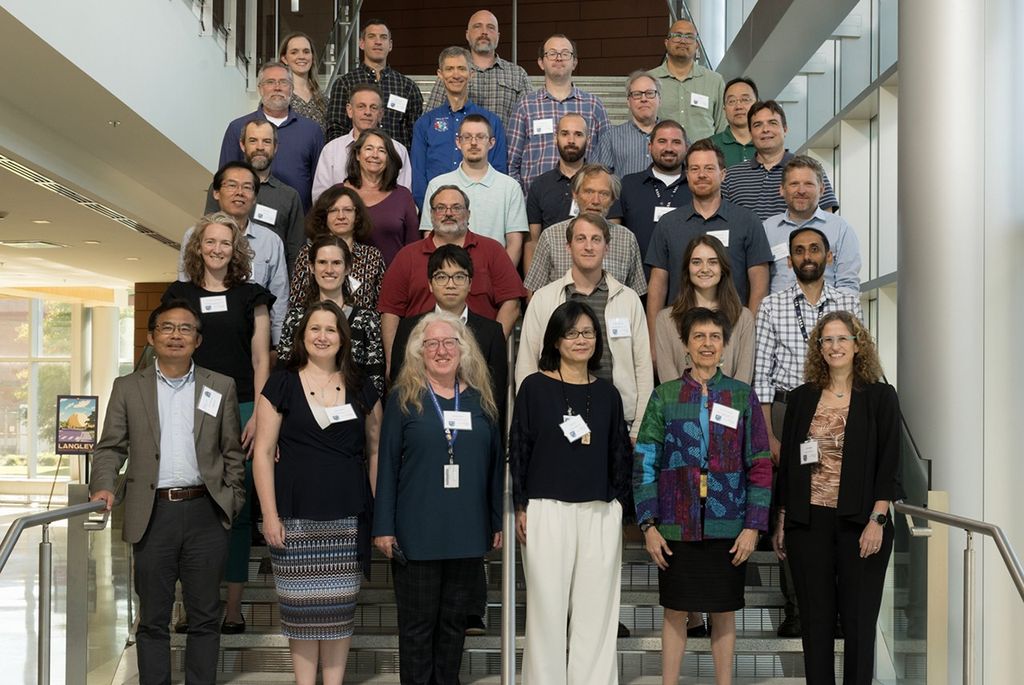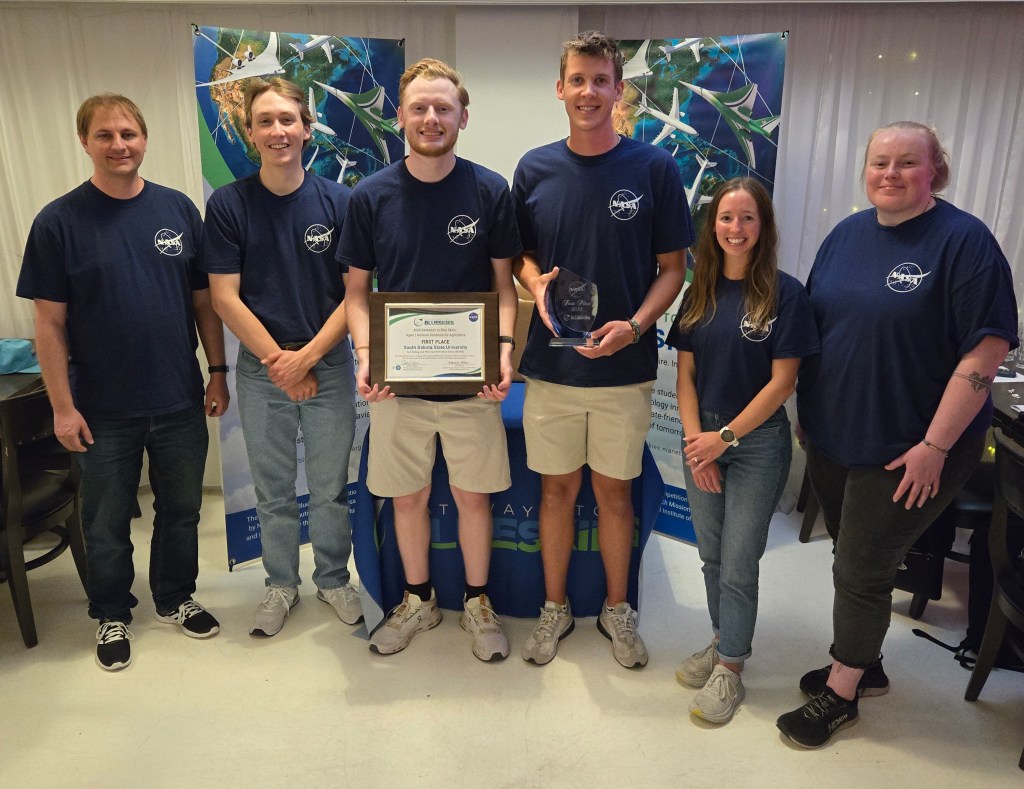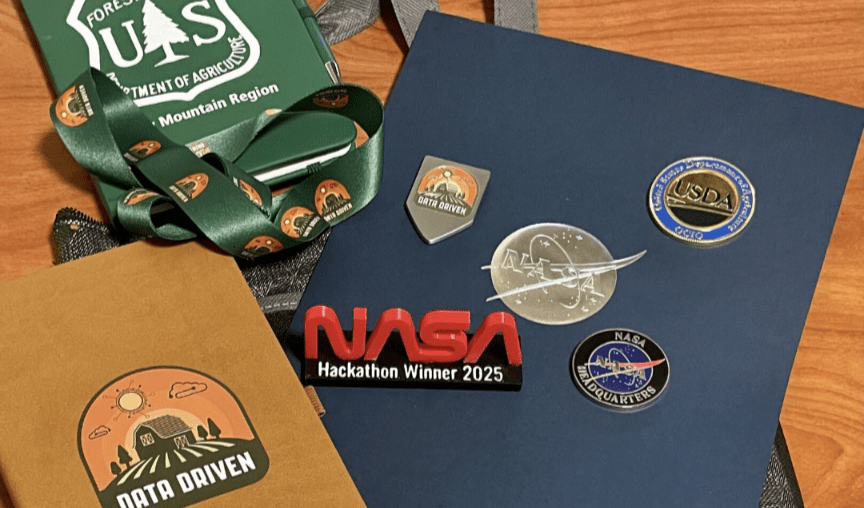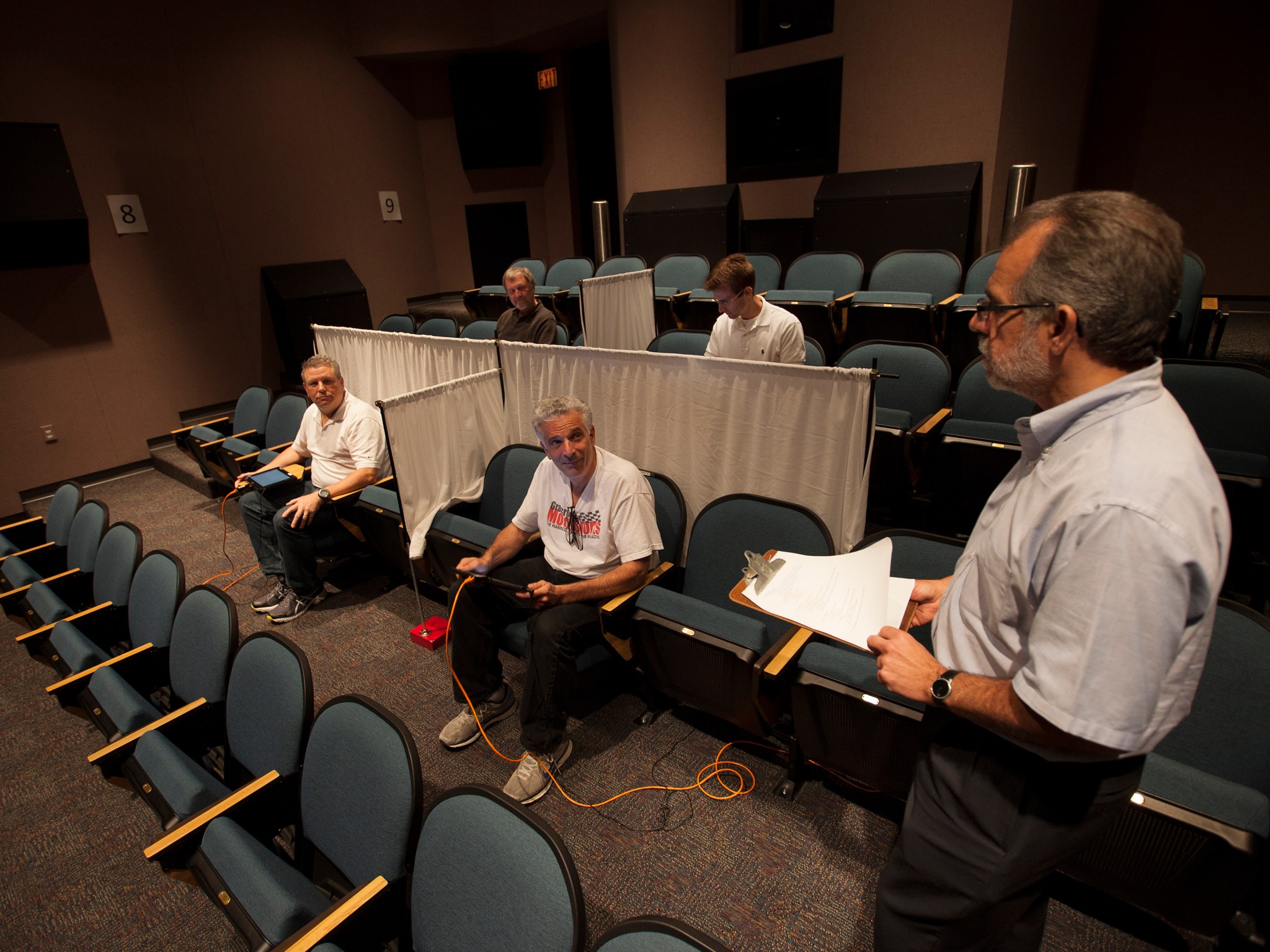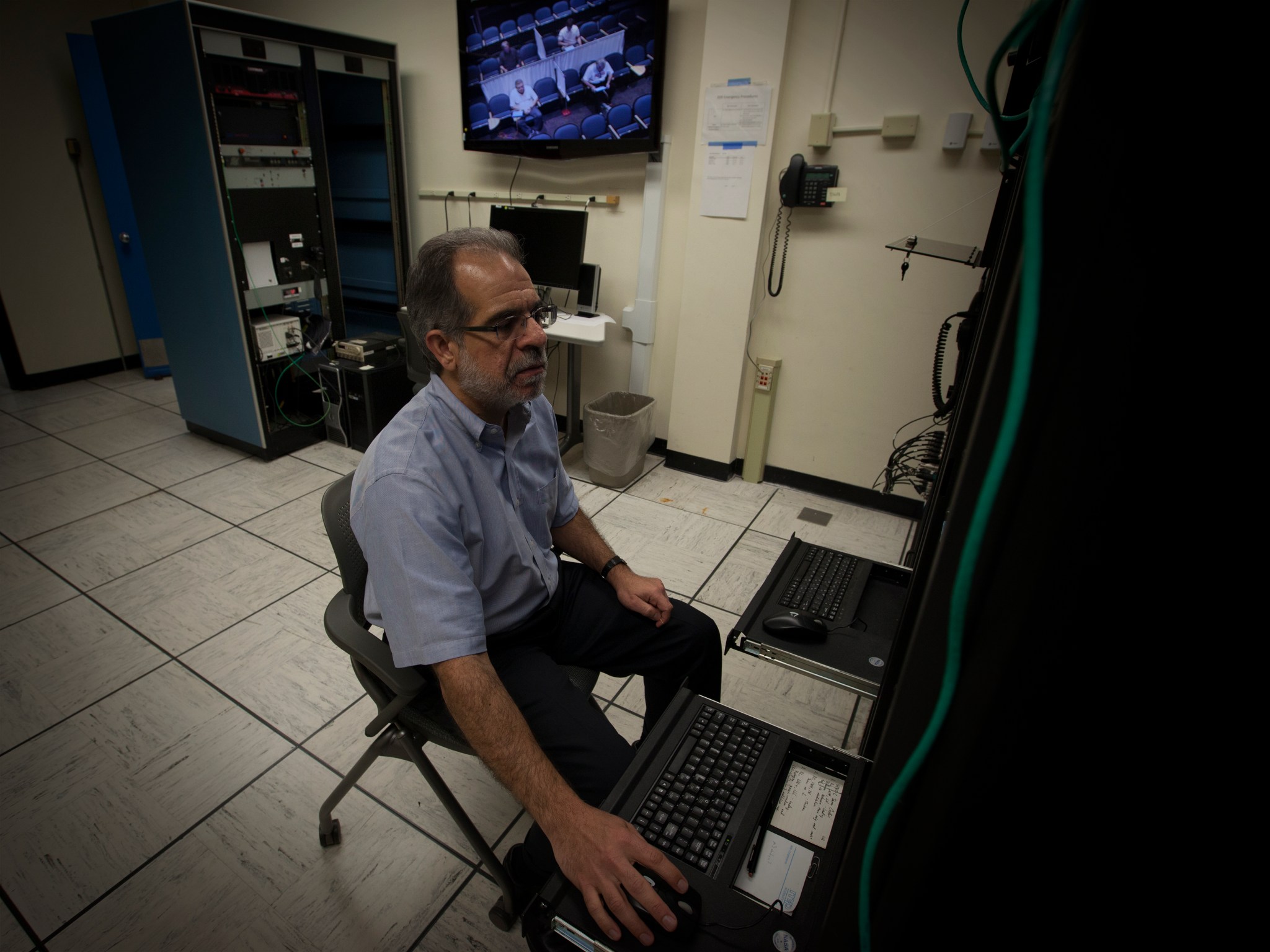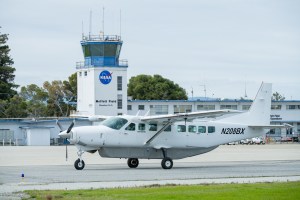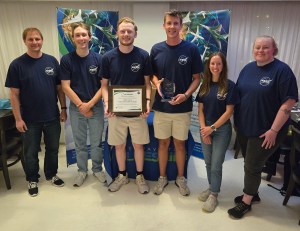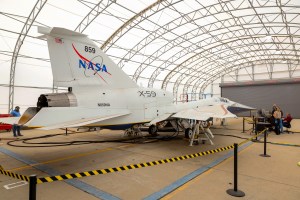A team of engineers at NASA’s Langley Research Center is on a mission to make tomorrow’s aircraft easier on the ears.
Stephen Rizzi and his fellow researchers have forged technological tools capable of predicting and simulating sounds of flying machines while they’re still on the drawing board.
It’s a process called auralization. It’s intended to help aircraft designers take noise into consideration when imagining new shapes and configurations.
“People in the automobile industry have been doing this for years,” said Rizzi, senior researcher for aeroacoustics. “For aircraft, there really hasn’t been the capability until recently. By putting these pieces of prediction and auralization together, we have a new capability.”
Using computer models, flight measurements and wind tunnel data, NASA Langley acoustics researchers can predict the sonic characteristics produced if an aircraft of a certain design was to soar overhead. The data is then turned into a set of synthesized sounds that are played for people who sign up to be subjects in what are called psychoacoustic tests.
In this way, NASA Langley measures how humans react to noise that would be produced by aircraft still in the conceptual stage. The system can produce scientifically valid simulations of whirring rotors, roaring jet engines or the distinctive tone of wind rushing over flaps and landing gear. Movement, the Doppler effect and the atmosphere’s influence on sound are all taken into account.
As often as four times a year, NASA Langley recruits test subjects who are paid a modest amount to listen to sound simulations and register their reactions. Subjects sit in a small, theater-like room outfitted with 27 speakers and four subwoofers. As sounds are played, subjects answer questions on an electronic tablet.
“We conduct a test, we analyze the data and we report on it,” Rizzi said. “Four tests a year is pushing it and that’s what we’ve done in the last year or two. Things are definitely on the upswing.”
This kind of knowledge is likely to become more valuable in years ahead. Experts foresee an increase in air traffic. Without understanding and reducing aircraft noise, more traffic will mean more noise around airports.
Also, new types of vehicles are likely to buzz into American airspace in the not-so-distant future. Internet retailer Amazon.com has announced plans to one day deliver goods using flying robots. Meanwhile, engineers at NASA Langley are studying unconventional aircraft designs such as the unmanned aerial system GL-10 Greased Lightning model which flew successfully in a tethered test earlier this year.
“We’re in a leadership position on this,” Rizzi said, describing his team’s forward-thinking acoustics research. “There is no organization I know of that has the capabilities that we do. It’s a one-stop-shop for this type of work.”
The auralization effort has been supported by a number of the agency’s Aeronautics Research Mission Directorate programs, including the Rotary Wing and Aeronautical Sciences projects of the Fundamental Aeronautics Program, and the Environmentally Responsible Aviation project of the Integrated Systems Research Program.
Rizzi said NASA Langley’s research into simulating aircraft noise began around 2001 and started to hit stride about three years later. Work initially focused on making recordings of aircraft and reproducing those sounds in a controlled lab setting for test subjects.
“That works well if the aircraft you’re interested in is a real aircraft,” Rizzi said. “But we work for NASA, so we’re more interested in the future. And there are no recordings of paper planes. That led us down the path of having to synthesize the sound.”
Rizzi, a musician in his spare time, said the science of noise and the art of melody sometimes connect. “There’s a lot of overlap in the techniques used to generate the musical kinds of sounds and those used with aircraft noise synthesis.”
In that way, his work and his personal interests feed each other. “I really enjoy coming in and working on this stuff,” he said. “It’s new and there aren’t a lot of other people doing it. You can say, ‘Listen to this. Isn’t this unique and interesting?’”
That’s exactly what the team did for a group of GE Aviation engineers who visited NASA Langley back in the spring. The engineers were clearly excited to hear the sound of the latest open rotor engine, even though it wasn’t flying yet.
“They really started thinking, ‘Wow, what can we do?’ ” Rizzi said. “‘We can do things in the design that really change the character of the sound and make it a lot more acceptable.’
“When you get a reaction like that based on your work, that’s a pretty gratifying experience.”
To hear samples of simulated aircraft flyover noise created by NASA Langley researchers, visit https://stabserv.larc.nasa.gov/flyover/.
Author: Sam McDonald


